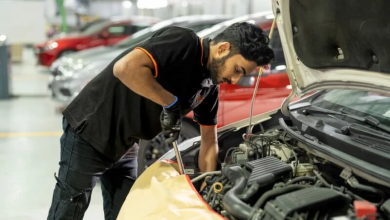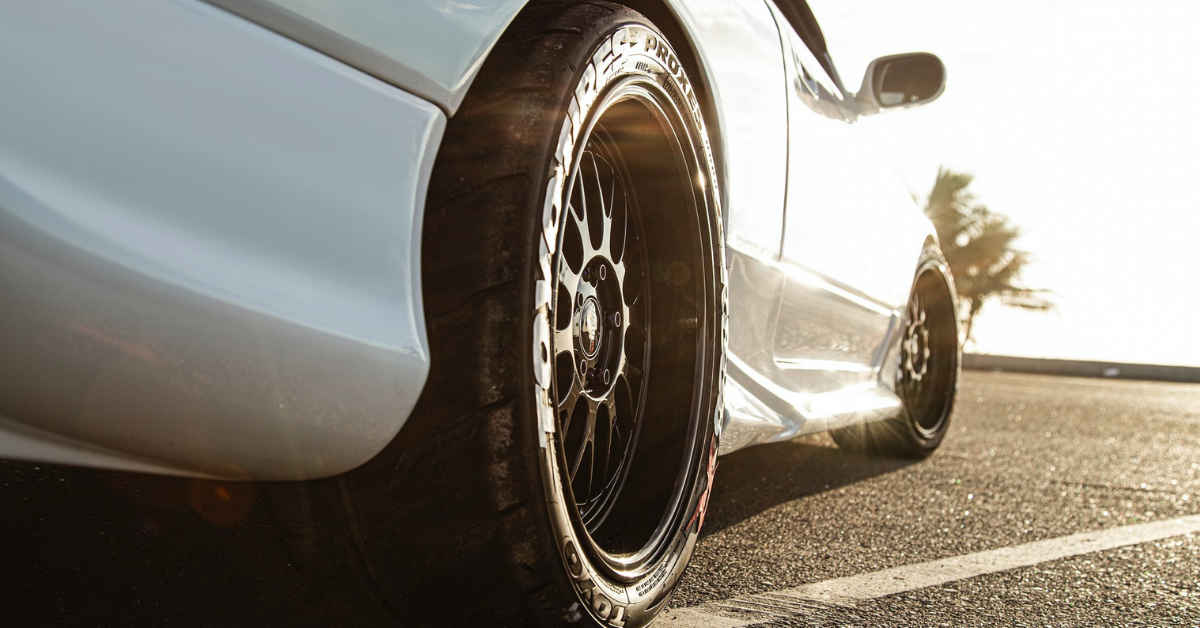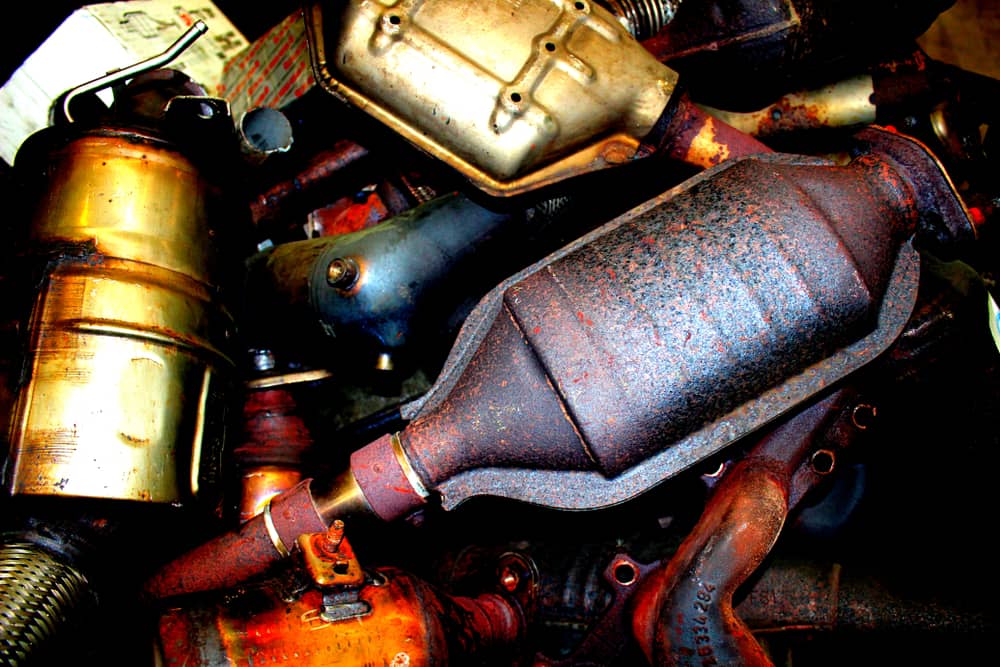Is your tyre still repairable?
Tyres can survive lots of abuse, as we have all seen. Even when under normal conditions, they withstand more than a thousand kilograms on them made worse by uneven surfaces, rough terrains, downforce at higher speeds and, finally, turning which multiplies all these. So, tyres are pretty rough and even when they do get punctured, you can often repair the issue and keep using the same tyre. However, there are some issues that have gone past the point of no return and this is how to recognize them.
Where is the damage?

For this purpose, we’ll divide the tyre into three sections – tread, shoulder and sidewall. The sidewall, as its name suggests is the area the is the most visible and the one adjacent to the rim. If there is damage in that area, the tyre cannot be repaired. This is so because sidewall is the part of the tyre that actually withstands the largest amount of pressure and needs to have enough elasticity to change its shape often without breaking. If damaged, the damaged part will not be able to withstand the pressure and shape changes.
The tread is – well, the part with the tread. It is the one that is in contact with the surface most often. This is the part that is most often damaged and punctured, but it is also the part that can be repaired with ease, provided the other conditions are met.
The shoulder is the part between the tread and sidewall and it is the part that curves the tyre. This section also withstands loads of pressure, so if the damage is there, the tyre should not be repaired, but replaced.
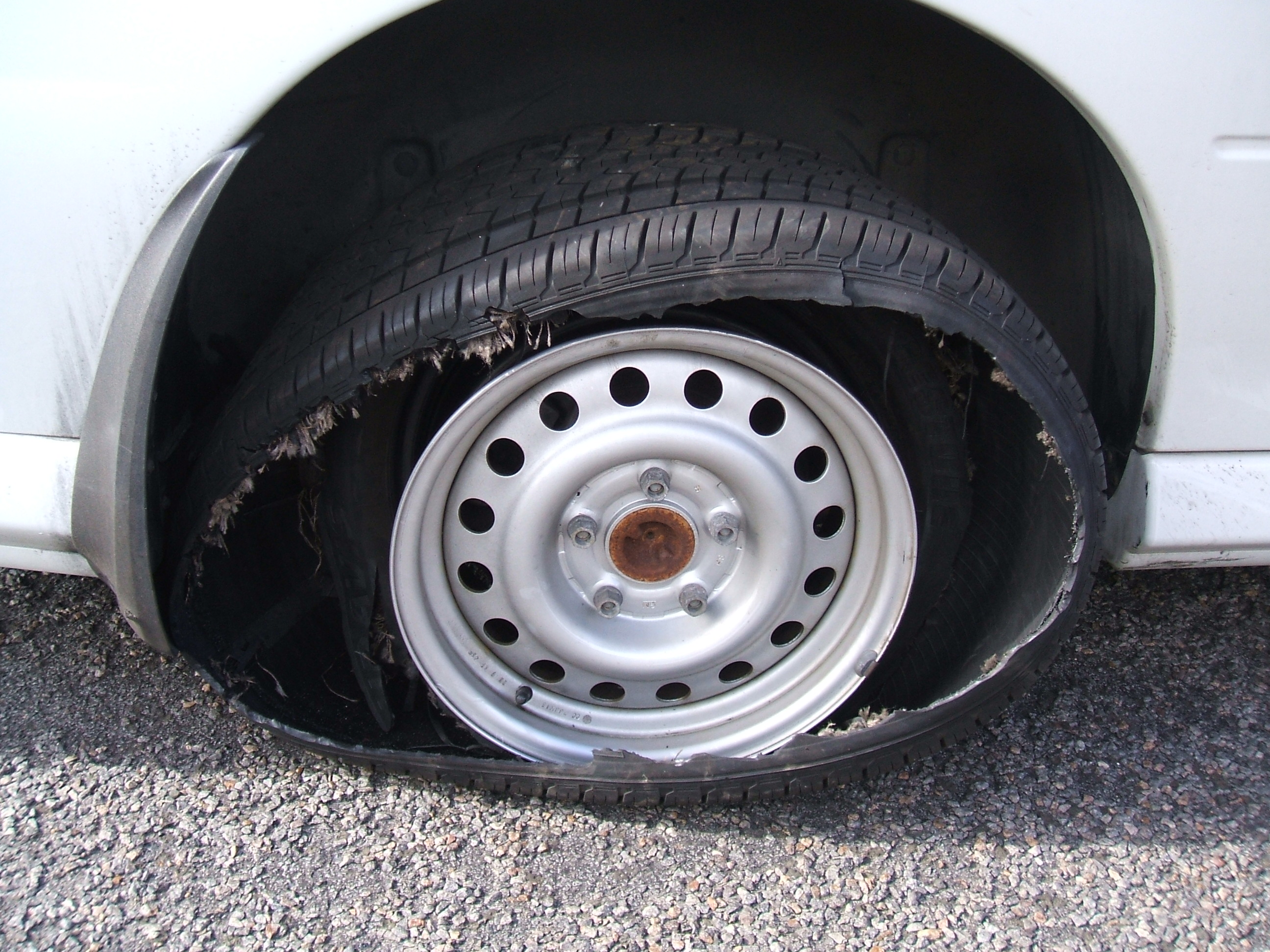
How large is the damage?
There are variations, but general industry standards state that repairable puncture can be up to a quarter of an inch in diameter. Once again, only in the tread area.
How many times can you repair the same tyre?
This, again, depends on the manufacturer and the type of tyre, but a general guideline is that there shouldn’t be more than two repairs on the same tyre. Moreover, the two repairs should be more than 16” apart.
What kinds of damages cannot be fixed?
Aside from the previously mentioned conditions, you should NOT repair long straight cuts. This is so because tyres have steel belts which actually make them strong. A long cut is bound to have cut through the steel belts and this tyre cannot be considered safe regardless of the repair.
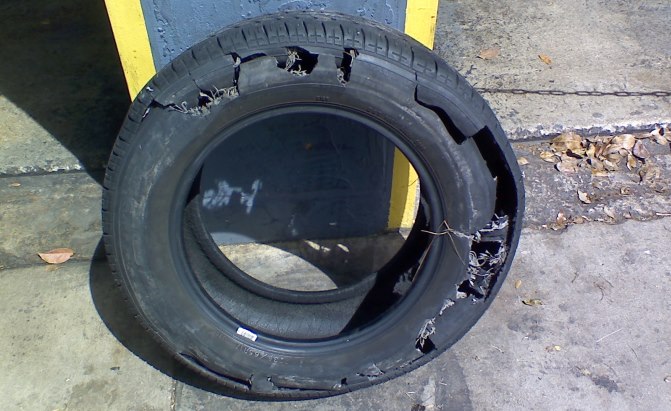
Note: DO NOT even try to repair the tyre without removing it from the wheel. Aside from ease of access, this is also important because this allows you to examine the inside of the tyre and see if damage is larger than it should be.
In case you do have to buy a new tyre, make sure it is the same as the one on the other side of the same axle. This is required by law and also the only way to be safe.

